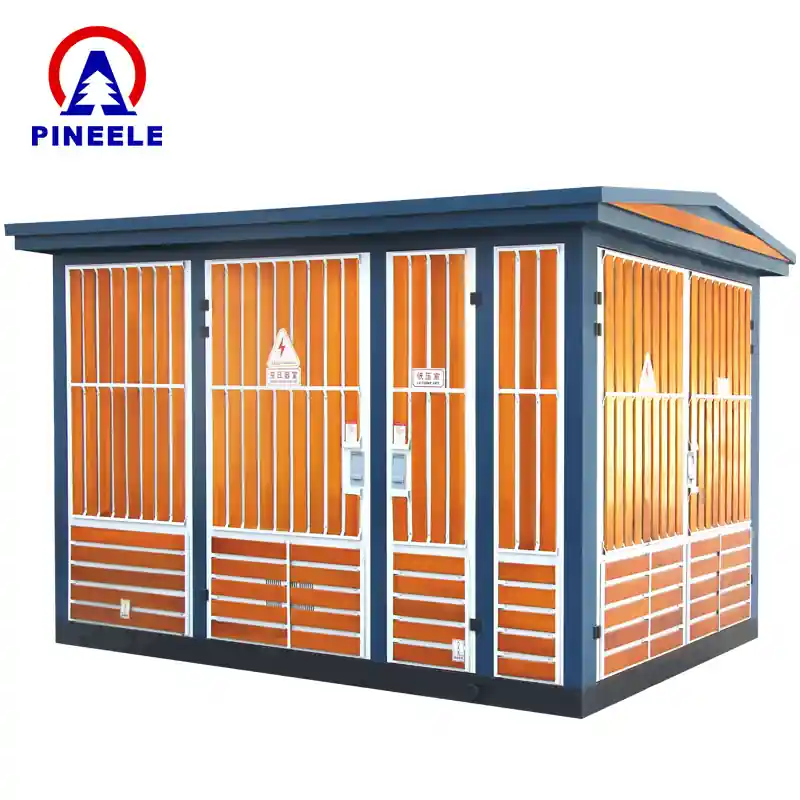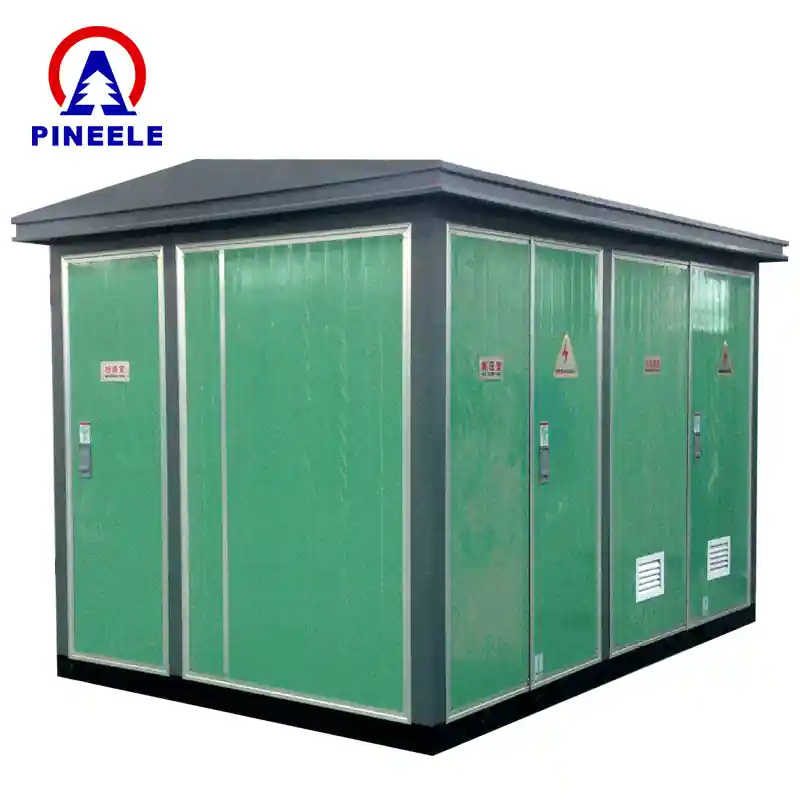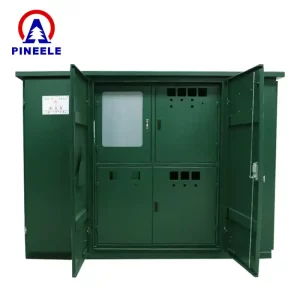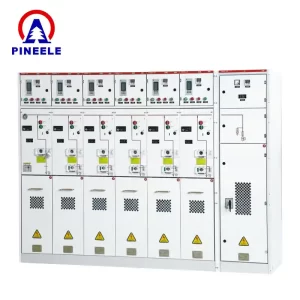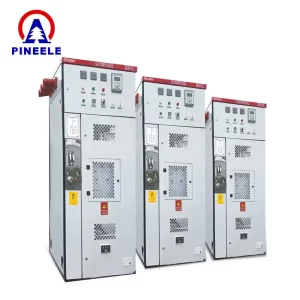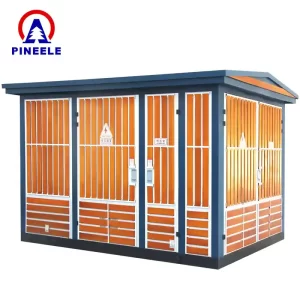Understanding the compact Substation’s Technical Details
When choosing a Compact Substation, its technical specifications and installation needs are critical for ensuring peak performance and environmental adaptability. The European Standard Compact Substation offers customizable options to meet specific power distribution requirements.

Technical Specifications of the compact substation
Here’s a detailed breakdown of the Compact Substation’s key parameters:
| Parameter | High Voltage Equipment | Low Voltage Equipment |
|---|---|---|
| Rated Voltage | 10 kV | 0.4 kV |
| Rated Current | 630 A | 100 – 2500 A |
| Rated Frequency | 50 Hz | 50 Hz |
| Short Circuit Capacity | 50 kA | 15 – 30 kA |
| Thermal Stability Current | 20/4S kA | 30/15 kA |
| Lightning Impulse Voltage | 75 – 85 kV | 20 / 2.5 kV |
| Shell Protection Level | IP23 | IP23 |
| Noise Level | < 50 dB | < 50 dB |
| Number of Circuits | 1 – 6 | 4 – 30 |
| Compensation Power | 300 kvar | 300 kvar |
Note: Customization is available to suit unique project needs.
Installation and Environmental Requirements for the Compact Substation
1. Foundation Requirements
- Requires a stable, elevated foundation to avoid flooding.
- Must comply with JGJ1683 Technical Regulations for Building Electricity Design.
- Grounding resistance should be ≤ 4 Ohm for safety.
2. Environmental Conditions
- Temperature Range: -25°C to 40°C
- Humidity: Up to 95% relative humidity
- Altitude: Up to 1000m (higher altitudes optional)
- Wind Resistance: Withstands speeds up to 35 m/s
- Seismic Resistance: Built for 8-degree intensity zones
Ordering Your Compact Substation
To configure the perfect Compact Substation, provide:
- Model and quantity
- Transformer details (model, capacity, quantity)
- High-voltage and low-voltage wiring schemes
- Shell material and color preferences
- Any special environmental conditions
Why Choose the European Standard compact Substation?
- High Efficiency: Minimizes power losses.
- Robust Protection: Resists fire, dust, and water.
- Fast Deployment: Pre-assembled and tested.
- Global Compliance: Meets IEC, ANSI standards.
- Cost-Effective: Lowers long-term costs.
- Smart Grid Ready: Supports IoT integration.


